Wednesday, May 7, 2025 | 10:30–11:00 a.m.
The Future of Infrastructure in an AI-Powered World: Beyond the Hype to Delivering Real Value
Share this page
Wednesday, May 7, 2025 | 10:30–11:00 a.m.
Speaker

Tim Wark
Global AI Lead
AECOM
As AECOM's Global AI Lead, Tim is responsible for leading the firm’s enterprise AI strategy, which is a key enabler for both transforming the organization’s operating model and driving forward how it delivers value to clients now and into the future.
Prior to this, Tim was the Regional Digital Director for AECOM Australia New Zealand and part of the regional executive team. He has more than 25 years of experience in technology research, development and commercialization in both the public and private sectors, focusing on a range of domains such as environment, transportation and health.
Tim holds a PhD in Computer Science from Queensland University of Technology and is a graduate of Harvard Business School’s Executive Leadership Program.

Tim Wark
Global AI Lead
AECOM
Podcasts:

The AI Disruption
With AECOM’s Tim Wark
Watch Now
ABOUT THE SESSION
In this session, Tim Wark explores how the current AI wave is likely to accelerate the shift in the design and construction model from one currently based on time and materials to one focused on value and outcomes. Global infrastructure spending is expected to exceed $9 trillion in 2025, and with large and complex projects now dominating the landscape, traditional project management approaches are becoming increasingly challenging. The latest advances in generative AI now provide the ability to reason and extract insights over vast data sets underpinning the entire infrastructure lifecycle, enabling the shift to a future of data-centric asset models.
